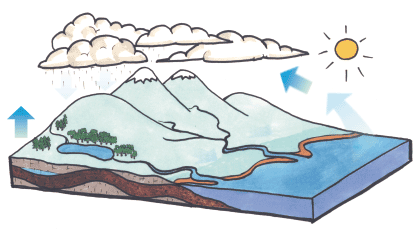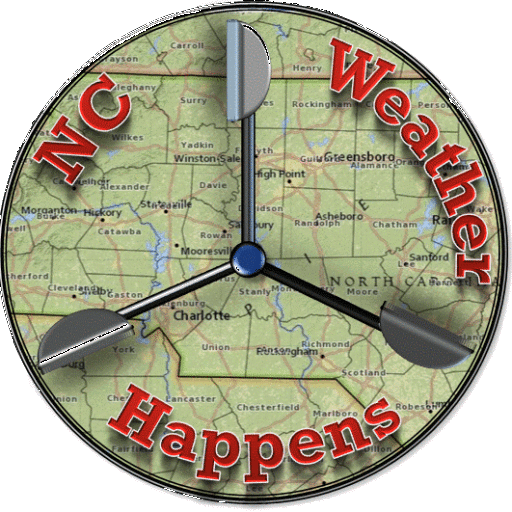
While students are home from school, it is important to keep their education going during this national health crisis. We will help you do just that by offering weather and geography resources that are easy to follow and provide ideas to keep your student engaged.
About The Water Cycle:
Understanding the Water Cycle (Hydrologic Cycle) is the foundation of weather and climate study. In this lesson, the student will learn the basic components of how our atmosphere works.
Notes for the Parent/Guardian:
Read this over first and make a note of the 5 terms below. Then, watch the video with your student. At the end, there will be a few short review questions and at times, even an experiment or other things you can do to reinforce the lesson.
Today’s Vocabulary:
- Evaporation – The process of turning liquid water into water vapor.
- Condensation – The process of turning water vapor into liquid water.
- Precipitation – Rain, snow sleet, or hail falls to the ground.
- Infiltration – The process where liquid precipitation enters into the ground.
- Evapo-transpiration – The process where water is returned to the atmosphere from the soil and plants.
Review Questions:
Read these aloud to the student after watching the video. Answers are at the bottom of the page.
- What is another name for rain and snow?
- “Plant Sweat” is another name for_____________________
- When you dig a well to get fresh water, how did the water get there?
- When warm air rises, it cools and condenses. What is created in the sky when this happens?
BONUS QUESTION: Ocean water is much to salty to drink. What is another word we use for fresh, safe drinking water?
The Water Cycle Video
Answer Key:
- Precipitation
- Evapo-Transpiration
- Infiltration
- Clouds
- Bonus Question: Potable
This concludes today’s lesson. Now, using the terms from today, make it a point to observe and discuss them. Some examples might be: when the mirror is steamed up after a shower, that’s an example of condensation. During the next rain, ask the student what is happening outside and encourage them to use the word precipitation. This is how learning happens and we hope you will continue to follow along as we help during this crisis.

